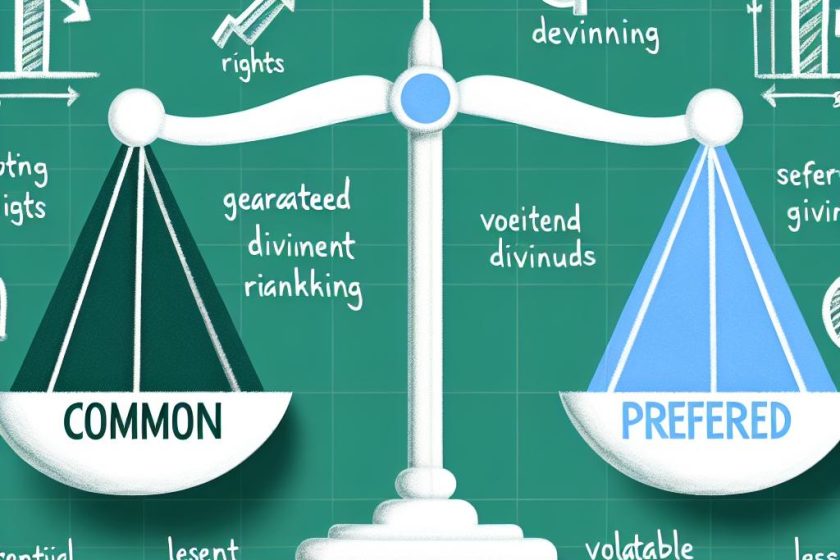Understanding Diversification
Diversification is a fundamental concept in investment strategy aimed at reducing risk in a portfolio. This strategy involves mixing a wide variety of investments to lower exposure to any single asset or risk. By diversifying, investors can potentially improve the performance of their portfolio, as losses in one area can be offset by gains in another. It’s about creating a safety net that can help mitigate risks associated with unpredictable market movements. Understanding diversification also involves recognizing its role in smoothing return volatility and enhancing risk-adjusted returns over time.
Key Elements of a Diversified Stock Portfolio
To build a diversified stock portfolio, it is essential to understand the various elements that contribute to diversification. These elements not only dictate how diversified a portfolio is but also how well it can withstand market pressures and capitalize on growth opportunities across different segments.
Asset Allocation: This critical component involves spreading investments across different asset classes, such as stocks, bonds, and cash. Each asset class has different risk factors and responds differently to market conditions, which helps balance overall portfolio risk and reward. Stocks offer potential for growth, bonds provide more stability, and cash ensures liquidity.
Sector Diversification: Investing in stocks across various sectors helps mitigate sector-specific risks. Common sectors include technology, healthcare, financials, consumer goods, and industrials. This diversity ensures that economic or market conditions affecting one sector may not impact another sector in the same manner. For instance, while technology stocks might surge in a technology boom, industrials might lag, offering a counterbalance during economic downturns.
Geographic Diversification: This involves including international stocks in your portfolio to reduce dependency on a single country’s economic health. Different regions may have varying growth rates and exposure to global economic factors, which can provide a cushion against local market downturns. For example, emerging markets might offer higher returns during specific periods compared to more developed markets.
Market Capitalization: An effective strategy incorporates a mix of small-cap, mid-cap, and large-cap stocks. Small-cap companies may offer high growth potential but usually come with higher risk. In contrast, large-cap stocks are generally more stable and reliable, though with potentially lower growth rates. Market cap diversity helps cushion the entire portfolio against volatility associated with smaller companies.
Steps to Build a Diversified Stock Portfolio
Creating a well-diversified stock portfolio is an exercise in strategy and foresight. It involves several methodical steps designed to align the portfolio with investment goals, risk tolerance, and market dynamics.
1. Identify Investment Goals and Risk Tolerance
Before constructing a diversified stock portfolio, it’s crucial to identify your investment goals and assess your risk tolerance. Investment goals might range from saving for retirement to building wealth for a purchase or education fund. These goals will determine the investment horizon and liquidity needs. Your risk tolerance will influence the proportion of high-risk versus low-risk investments incorporated into the portfolio. An understanding of both will facilitate a balanced approach in achieving financial objectives.
2. Research and Select Appropriate Stocks
Conducting thorough research on potential stocks is a cornerstone of effective diversification. Consider company fundamentals, growth prospects, financial health, and valuation metrics such as P/E ratios and earnings growth. Investors often have preferences in terms of sectors or companies they are familiar with. However, it might also be beneficial to seek professional advice or use online resources that provide comprehensive market data and analysis.
3. Consider Index Funds and ETFs
For investors seeking simplicity and cost-efficiency, index funds and ETFs (Exchange-Traded Funds) are excellent options for diversification. These funds automatically include sector and sometimes geographic diversification at a lower cost compared to individual stock picking. Both index funds and ETFs typically mimic the performance of a specified index, thus reducing individual investor workload while still maintaining diversification.
4. Monitor and Rebalance the Portfolio
Regularly monitoring your portfolio is necessary to ensure it continues to meet your investment goals. Over time, market fluctuations cause some stocks to outperform while others may decline. This performance variation can lead to an imbalance in the original asset allocation. Rebalancing is a strategy that involves buying and selling positions to realign the portfolio with the intended asset allocation. This ensures that the desired level of risk is maintained, potentially enhancing the portfolio’s performance.
5. Stay Informed
Market conditions, economic indicators, and financial news can have significant impacts on investment performance. Staying informed helps investors make proactive decisions. Utilizing resources for up-to-date market information and financial analysis can provide insights crucial to effective portfolio management. By remaining informed, investors can better anticipate market shifts and adjust their strategies accordingly.
Conclusion
Building a diversified stock portfolio is not a one-time task but an ongoing process. It involves understanding various diversification strategies and implementing a methodical approach tailored to financial goals and individual risk tolerance. Continuous research, regular monitoring, and strategic rebalancing are crucial to maintaining a portfolio that can withstand various market conditions. Through these practices, investors can potentially achieve long-term investment success, benefiting from the compounding growth of their diversified assets. By adhering to the principles of diversification, the obstacles posed by market volatility can be navigated with greater confidence and certainty.









